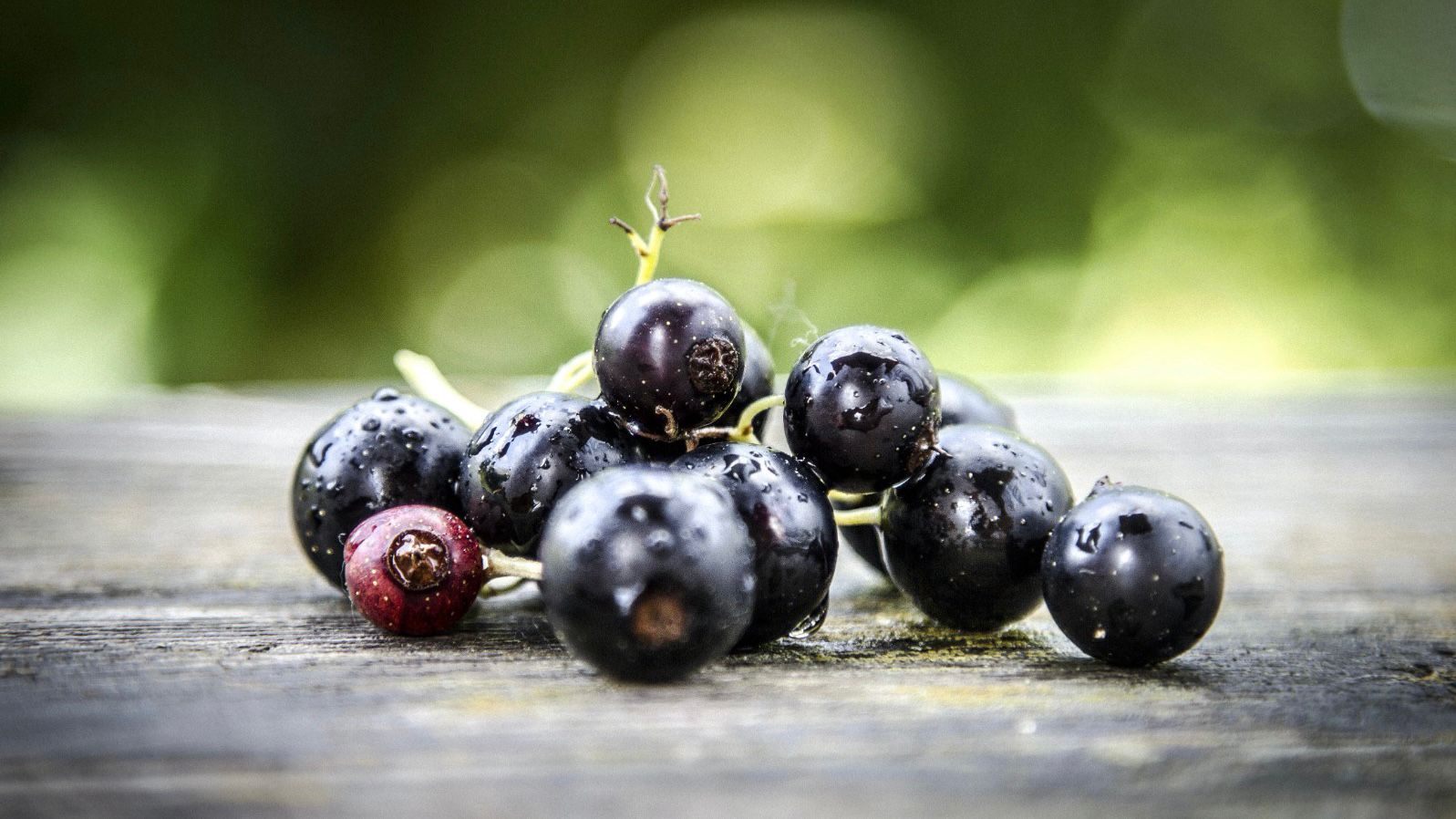
10 Tips for Growing Currants at Home
Currants are a delicious and nutritious fruit that can be easily grown at home. Whether you have a large backyard or a small balcony, you can enjoy the sweet taste of fresh currants with just a little bit of effort. Here are 10 tips to help you grow your own currants at home.
Tip #1: Choose the right variety
When it comes to growing currants, the first thing to consider is the variety you want to grow. Red and black currants are the most popular varieties, but there are also white currants and pink currants to choose from. Each variety has its own unique flavor, so choose the one that you like best. It’s important to research the variety you choose as some varieties are more suited for certain climates. For example, red currants are best suited for cooler climates, while black currants do well in warmer climates.
Another important factor to consider when choosing a variety is the size of the bush. Some varieties of currants grow into large bushes, while others are more compact. If you have limited space, you’ll want to choose a variety that is smaller and more compact. This will help to ensure that you have enough space for the bush to grow and produce fruit without taking over your entire garden.
Tip #2: Prepare the soil
Currants prefer well-drained soil that is rich in organic matter. Before planting your currant bushes, make sure to amend the soil with compost or well-rotted manure. This will help to provide the plants with the necessary nutrients they need to grow strong and healthy. The soil should also have a pH level of around 6.0-6.5. Do a soil test to check the pH level of your soil and adjust accordingly.
Another important aspect of preparing the soil is to make sure it is well-drained. Currants do not tolerate soggy soil, so if your soil tends to be heavy or clay-like, you’ll need to take measures to improve the drainage. You can do this by adding organic matter such as peat moss or coarse sand to the soil. You can also add raised beds to your garden to help improve drainage.
Tip #3: Plant in the right location
Currants prefer full sun, but can tolerate some shade. Plant your currant bushes in an area that gets at least 6 hours of sun per day. If you live in a hot climate, it’s a good idea to provide some shade during the hottest part of the day. For example, planting currants under deciduous trees will provide them with the full sun they need during the growing season, but shade during the hottest part of the day.
Another important aspect of choosing the right location for your currant bushes is to make sure they are protected from strong winds. Currants have delicate branches that can be easily damaged by strong winds. Planting them near a fence or a wall can help to provide some protection from the wind. Additionally, it’s important to make sure that the area is accessible for maintenance and harvesting.
Tip #4: Water regularly
Currants require consistent moisture in order to produce healthy fruit. Be sure to water your plants regularly, especially during dry spells. A mulch layer around the base of the plants will help to retain moisture in the soil. It’s important to note that over watering currants can lead to root rot, so make sure that the soil has proper drainage.
Another important aspect of watering currants is to make sure that the water reaches the roots of the plant. Currants have deep roots and they need to be able to access water easily. Make sure that the soil is moist at least 4 inches deep. If you have difficulty determining when to water, use a moisture meter to check the soil moisture.
Tip #5: Prune regularly
Regular pruning is essential for keeping your currant bushes healthy and productive. Prune your plants in late winter or early spring, removing any dead or diseased wood. This will encourage new growth and help to keep the plants from becoming too crowded.
Tip #6: Fertilize
Currants require regular fertilization in order to produce a bountiful harvest. Use a balanced fertilizer and apply it in the spring and mid-summer. This will help to provide the plants with the nutrients they need to produce healthy fruit.
Tip #7: Protect from pests
Currants are susceptible to pests such as aphids, spider mites, and whiteflies. Keep an eye out for these pests and take action if you notice any damage. Natural methods such as neem oil or insecticidal soap can be used to control pests.
Tip #8: Harvest at the right time
The best time to harvest currants is when the fruit is fully ripe. This will typically be in late June or early July, depending on the variety and your climate. Pick the fruit gently, being careful not to damage the branches.
Tip #9: Store and use currants
Currants can be stored in the refrigerator for up to a week or frozen for later use. They are great in jams, jellies, syrups, and pies. You can also use them in savory dishes such as sauces or marinades.
Tip #10: Enjoy
Growing currants at home is a rewarding and delicious experience. Not only do you get to enjoy the sweet taste of fresh currants, but you also get the satisfaction of growing your own food. Take the time to enjoy your currants, and share them with your friends and family.
In conclusion, growing currants at home is a great way to enjoy fresh fruit, and to have a sense of accomplishment. With a little bit of planning and effort, you can have a bountiful harvest of currants every year.
If you are interested in growing other fruits, check out these other articles: How to grow raspberries, How to grow dates, How to grow mango, How to grow pomegranate, How to grow pomelo, How to grow kiwi, How to grow strawberry, How to grow khaki, How to grow currants, How to grow cranberries, How to grow bananas, How to grow citrus, How to grow blueberries, How to grow blackberries, How to grow pineapples, How to grow lemons,













